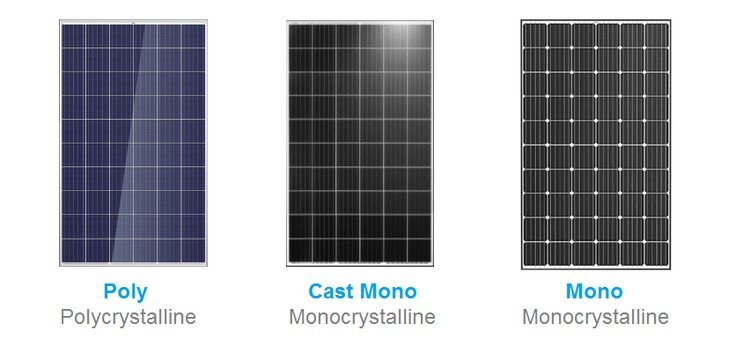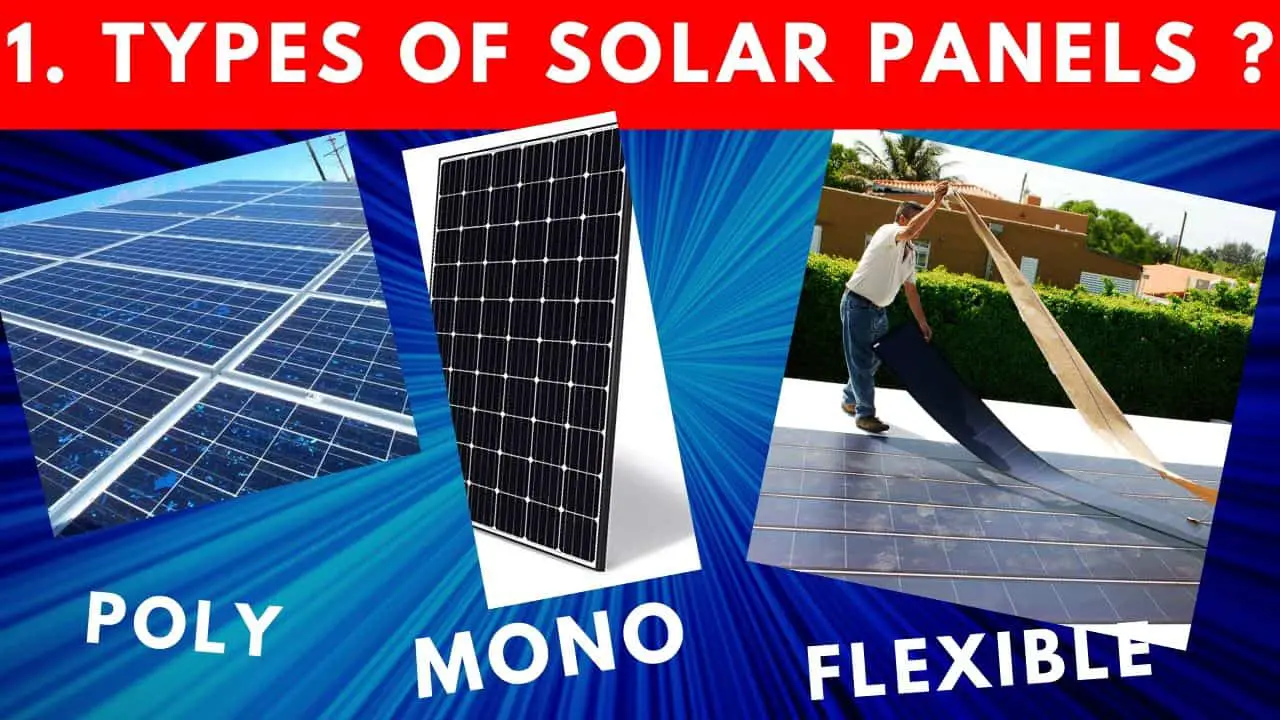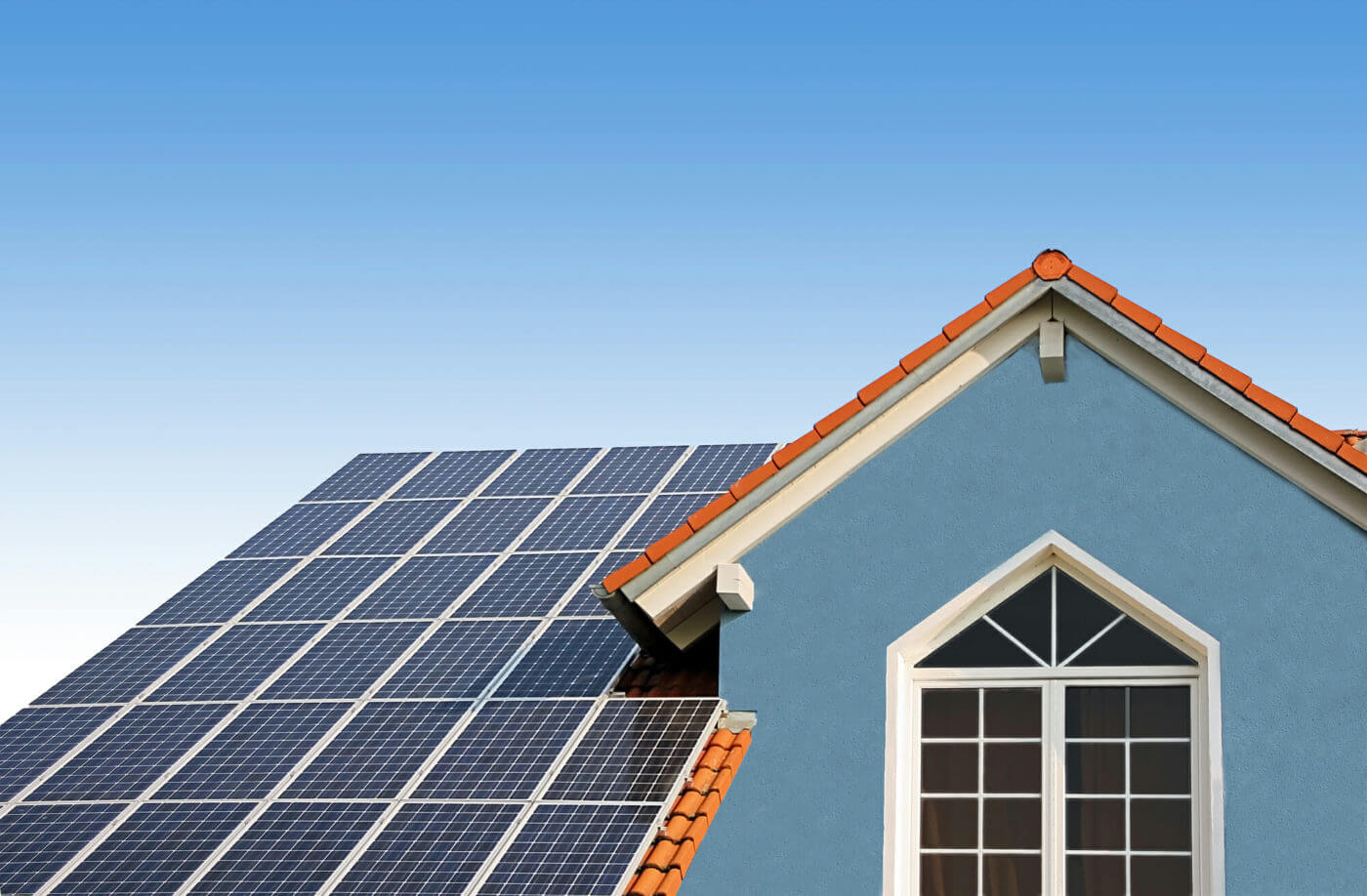Some Known Details About Solar Systems
Wiki Article
Solar Systems Fundamentals Explained
Table of ContentsNot known Facts About Solar SystemsSome Ideas on Solar Systems You Need To KnowLittle Known Questions About Solar Systems.How Solar Systems can Save You Time, Stress, and Money.
There are 3 various kinds of solar panels: monocrystalline, polycrystalline, and also thin film. Monocrystalline solar panels are extremely reliable and have a sleek style, but come with a greater cost factor than other solar panels. Polycrystalline photovoltaic panels are less expensive than monocrystalline panels, however, they are much less effective as well as aren't as cosmetically pleasing.Nowadays, there are numerous ranges of monocrystalline solar panels on the marketplace to select from. Passivated Emitter as well as Back Call cells, more commonly described as PERC cells, are ending up being an increasingly prominent monocrystalline alternative. PERC cells undergo a different manufacturing as well as assembly procedure that increases the amount of electrical energy the cells can generate.
Due to the fact that monocrystalline solar batteries are constructed from a solitary crystal of silicon, electrons are able to conveniently stream throughout the cell, enhancing total efficiency. Not only do monocrystalline panels have the highest performance rankings, they usually likewise have the highest power capacity rankings. Most monocrystalline panels on the market today will certainly have a power output ranking of at the very least 320 watts, but can increase to around 375 watts or higher!.
Because polycrystalline cells include multiple silicon cells, the electrons can not move as conveniently and as a result, reduce the effectiveness of the panel. The reduced performance of polycrystalline panels additionally suggests they have a tendency to have a reduced power result than monocrystalline panels, usually ranging between 240 watts and 300 watts.
The Only Guide to Solar Systems
4% performance With slim movie cell prototypes. In order to fulfill your power needs, you would certainly need to mount more slim movie panels over a big location to generate the exact same amount of power as crystalline silicon solar panels. This is why slim film photovoltaic panels do not truly make good sense for property installations where space is limited.The temperature level coefficient tells you just how much the power result will certainly reduce by for every single 1 * C over 25 * C the panel gets. The standard temperature level coefficient for mono as well as polycrystalline panels typically drops somewhere between -0. 3% as well as -0. 5% per * C. Thin movie panels on the other hand, are around -0.
With some thin movie panels, it's difficult to also see the private cells within the panel. They additionally tend to have less wiring and busbars, meaning there's much less white space. Due to the fact that they are so why not try this out inefficient, you would require to cover your entire roof covering in slim movie panels - which might or may not be your design.

Some producers have actually worked around this with black packaging or forming the cells in a different way, yet these visual adjustments can influence both the rate and also performance of the panels. In general, monocrystalline panels still look sleek, but they're a little bit extra noticable than slim film panels. solar systems. The procedure in which polycrystalline solar batteries are manufactured creates the cells to have a blue, marbled appearance.
Everything about Solar Systems
If you get on a tight spending plan, polycrystalline panels may make more feeling for you. We do not recommend slim film photovoltaic panels for property installations - their performance as well as sturdiness do not make the reduced price worth it, as well as it's unlikely you'll have nearly adequate area to mount the variety of slim film panels you would need to cover your house electricity use.Because they are made from pure silicon, they can be conveniently determined by their dark black color. The use of pure silicon likewise makes monocrystalline panels the most space-efficient as well as longest-lasting amongst all 3 photovoltaic panel kinds. This comes at a price a whole lot of silicon is squandered to produce one monocrystalline cell, sometimes reaching over 50%. solar systems.

Amorphous silicon panels (A-Si) acquire their name from their shapeless nature. Unlike mono-and polycrystalline solar cells, the silicon is not structured on the molecular level.
The Best Strategy To Use For Solar Systems
$0. 32-$0. 65 $1 $1. 50 $0. 70 $1 $0. 60 $0. 70 $0. 50 $0. 60 $0. 43 $0. 50 Note that these numbers don't consist of the cost of installment and also labor. With labor as well as various other overhead factors, the total amount can rise to $2. 50 to $3. 50 per watt.
This suggests that thin-film panels can be a good alternative for hotter atmospheres or areas that experience more sunshine throughout the year. The upgraded International Building regulations of 2012 requires photovoltaic panels to match the fire score of the roofing system where they are mounted. This is to ensure that the components do not increase the spread of fires in case of a fire.
Report this wiki page